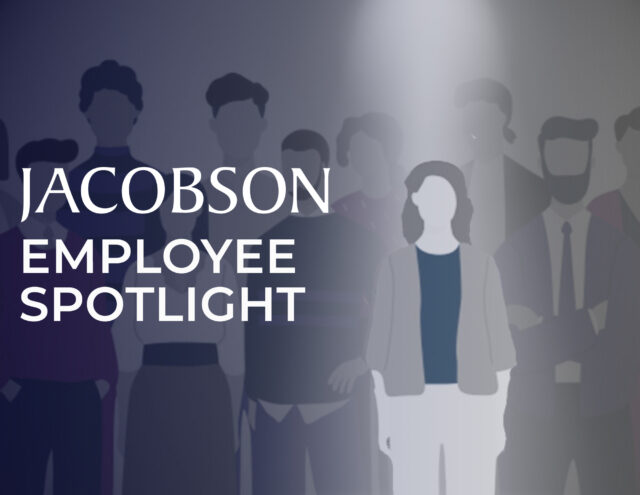Q3 2025 Insurance Labor Study Results
Explore staffing projections and hiring plans for the U.S. insurance industry for the next 12 months.
Download our latest results from the Q3 2025 iteration of The Jacobson Group and Aon – STG Performance Benchmarking Semi-Annual U.S. Insurance Labor Market Study.














